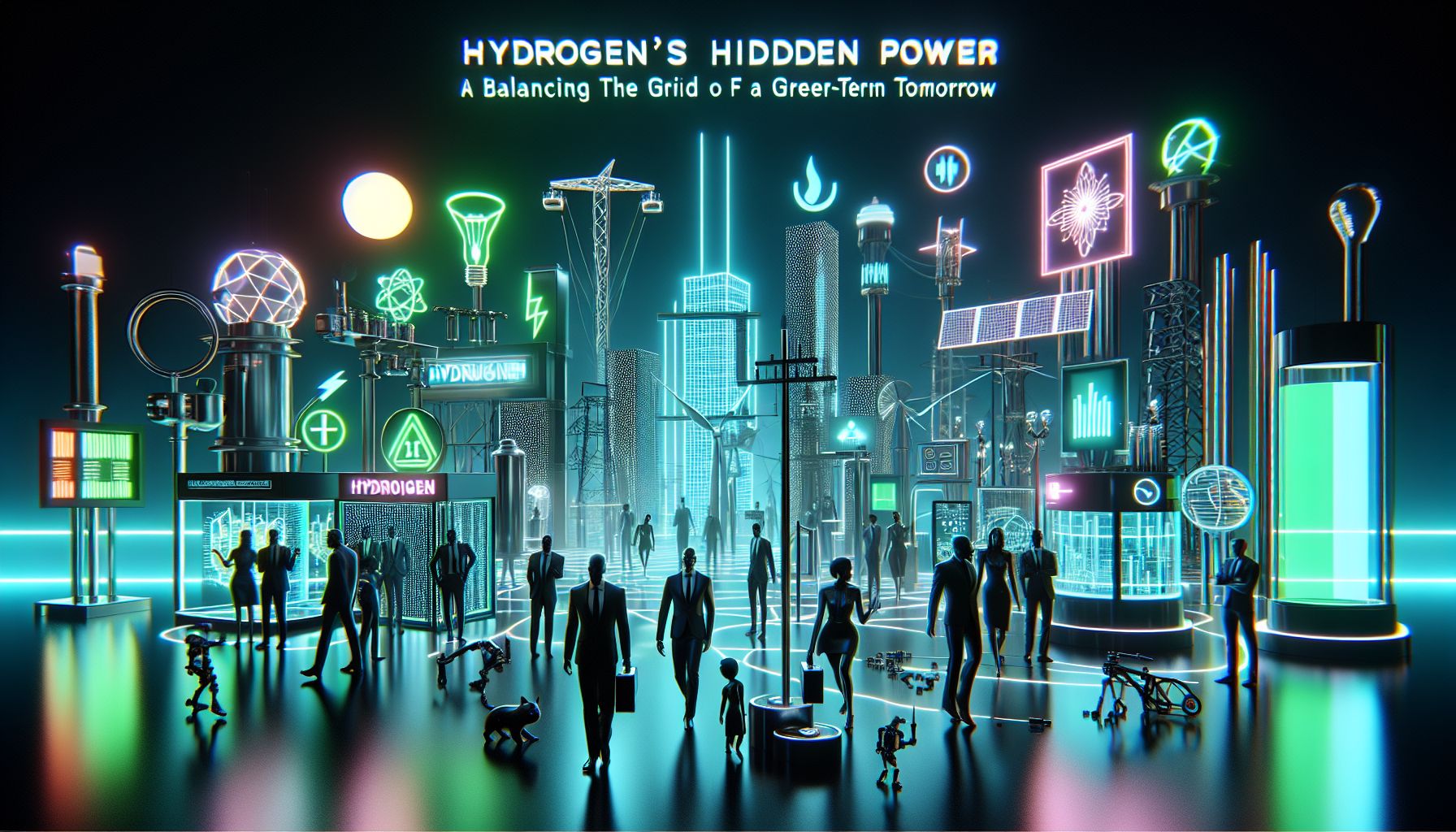Hydrogen's Hidden Power: Balancing the Grid for a Greener Tomorrow

London, Wednesday, 6 November 2024.
Discover how hydrogen is revolutionising electricity grids. From stabilising renewable energy to enabling long-term storage, hydrogen’s versatility is key to a carbon-neutral future. Learn why this game-changing technology is sparking excitement in the energy sector.
A Breath of Fresh Energy
Picture this: a world where the lights never flicker, even on the windiest, sunniest days. That’s the promise hydrogen brings to our electricity grids. In 2023, a staggering 107 gigawatts of renewables were added to grids worldwide, marking the largest surge in history[1]. But as we edge closer to 2030, when renewables are set to power nearly half of our global electricity, there’s a catch. Demand is skyrocketing, driven by data centres and the ever-growing thirst for digital connectivity[1].
The Hydrogen Solution
Enter hydrogen: the quiet hero of the energy transition. Unlike traditional baseload power from fossil fuels, hydrogen offers a carbon-neutral alternative that can be stored for days, weeks, or even months[1]. This flexibility allows it to capture excess renewable energy—often ‘curtailed’ or wasted—storing it until the grid needs a boost[1]. The Advanced Clean Energy Storage hub in Utah is a pioneering example, using salt caverns for large-scale hydrogen storage, a move that promises to reshape how we think about energy reserves[1].
Innovation in Islanded Systems
Off-grid networks, or microgrids, are also reaping the hydrogen harvest. Traditionally reliant on diesel, these systems are now integrating renewables at a remarkable pace, as seen in places like Borrego Springs, California, and The Isle of Muck, UK[2]. Yet, scaling these systems presents unique challenges, especially when dealing with the unpredictable nature of wind and solar power. Here, hydrogen and its electrolyser systems shine, offering the necessary flexibility to balance supply and demand[2].
The Role of Electrolysers
Electrolysers are at the heart of hydrogen’s balancing act. By converting electricity into hydrogen, these systems can adjust to the ebbs and flows of renewable generation, ensuring stability even when the sun sets or the wind wanes[2]. This adaptability makes hydrogen a linchpin in achieving a stable, reliable grid, especially in isolated systems where traditional fault protection and voltage regulation face hurdles[2].
Challenges and Opportunities
Of course, the hydrogen journey isn’t without its bumps. Retrofitting existing gas turbines for hydrogen compatibility involves a delicate dance with control systems and safety protocols[3]. Economic considerations also loom large, as initial costs can be steep. Yet, as digitalisation transforms turbine maintenance and hybrid systems with renewables enhance grid stability, the path forward looks promising[3].
A Collaborative Future
Achieving a hydrogen-powered future requires more than technology—it demands collaboration. An integrated ecosystem, uniting industry partners, policymakers, and stakeholders, is crucial for reaching net-zero goals[1]. As energy transition technologies evolve to address sustainability, affordability, and security, hydrogen remains poised to play a pivotal role in this green revolution[1].
Looking Ahead
So, what’s next? As we harness hydrogen’s hidden power to stabilise our grids, the broader implications are vast. From enabling 100% renewable energy systems to revolutionising off-grid networks, hydrogen’s potential is immense. And while challenges remain, the excitement in the energy sector is palpable. Could hydrogen be the key to a truly sustainable future? Only time will tell, but one thing’s for sure—this silent powerhouse is ready to light up our world.